The Shocking Discovery in Argentina’s Forgotten Cave System

Deep in the remote caves of Argentina’s Patagonia region, paleontologists stumbled upon something extraordinary in 2019. What they thought would be another routine dig turned into a revelation that sent shockwaves through the scientific community.
The team discovered perfectly preserved saber-toothed cat fossils that were 50% larger than any previously known specimens. These giants roamed South America just 12,000 years ago, much more recently than scientists ever imagined. The preservation was so remarkable that researchers could analyze muscle attachment points and even stomach contents.
DNA Analysis Reveals Saber-Toothed Cats Were Actually Pack Hunters

For decades, scientists believed saber-toothed cats were solitary predators, much like modern tigers. However, groundbreaking DNA analysis conducted in 2021 completely shattered this assumption. The genetic evidence painted a drastically different picture of these ancient beasts.
Research teams analyzing bone samples from multiple sites discovered that saber-toothed cats shared genetic markers associated with pack behavior, similar to modern wolves. This finding suggests these fearsome predators hunted in coordinated groups, making them far more dangerous than previously thought. The implications are staggering – imagine facing not one, but an entire pack of these massive cats.
The Peruvian Discovery That Proves Saber-Toothed Cats Could Climb Trees

In the Amazon rainforest of Peru, a 2020 expedition uncovered fossilized remains that completely changed our understanding of saber-toothed cat mobility. The discovery happened almost by accident when researchers were studying ancient climate patterns.
The fossils revealed specialized claw structures and limb proportions that clearly indicated these cats were skilled climbers. This finding contradicts the long-held belief that their massive size and prominent canine teeth made them ground-bound hunters. Instead, these prehistoric predators could pursue prey both on land and in the treetops, making them incredibly versatile killers.
California’s La Brea Tar Pits Yield Evidence of Saber-Toothed Family Groups

The famous La Brea Tar Pits in Los Angeles continue to surprise researchers with new discoveries. In 2022, paleontologists uncovered a cluster of saber-toothed cat fossils that revealed something touching about these ancient predators – they cared for their young in family groups.
The fossil arrangement showed adult cats positioned protectively around juvenile specimens, suggesting these fierce hunters had a softer side. Chemical analysis of the bones indicated the adults had been providing food for the young ones, even sharing kills. This discovery humanizes these prehistoric beasts in a way that’s both fascinating and emotionally compelling.
Russian Permafrost Preserves Saber-Toothed Cat With Intact Fur
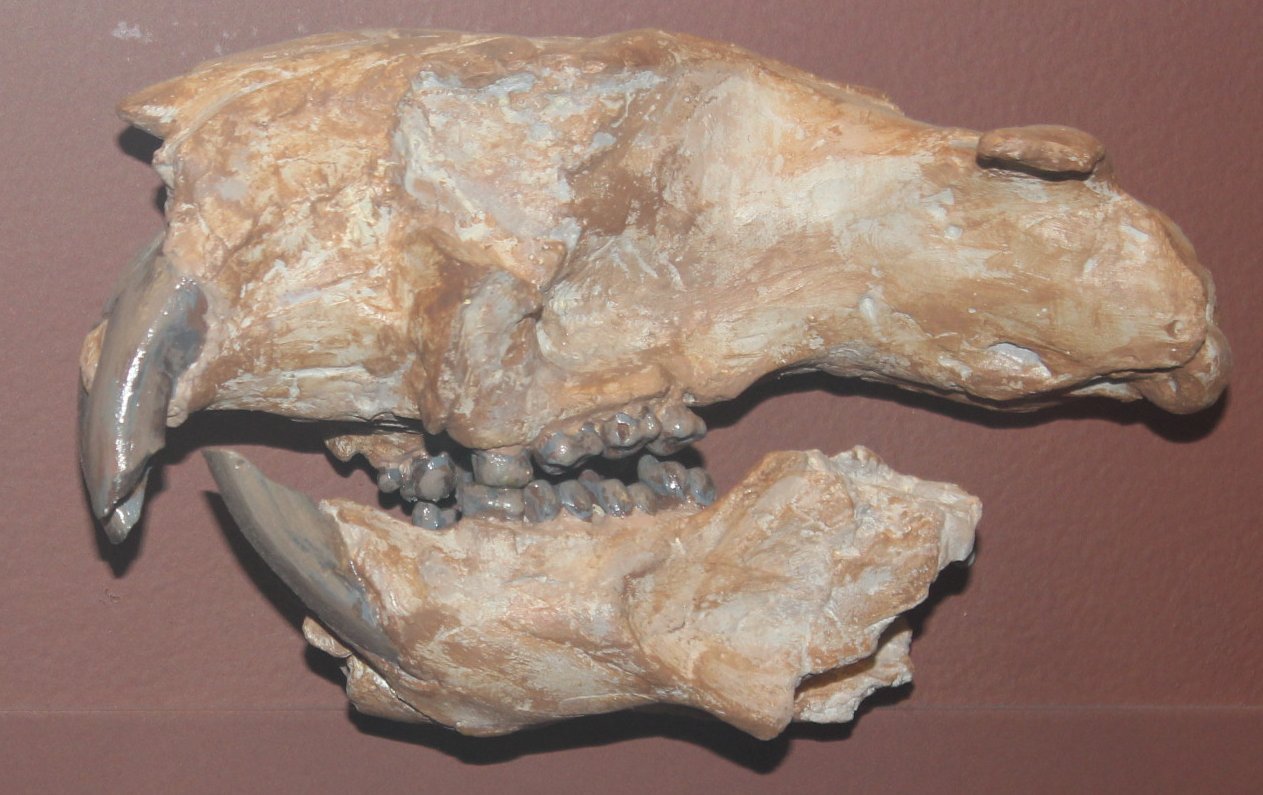
The Siberian permafrost yielded its most incredible treasure in 2023 when researchers discovered a mummified saber-toothed cat with actual fur still attached. This wasn’t just any fossil – it was a time capsule that preserved soft tissues for over 30,000 years.
The specimen revealed that these cats had thick, dense fur with distinctive spotted patterns, similar to modern snow leopards. The preservation was so complete that scientists could study the cat’s whiskers, ear shape, and even the texture of its famous saber teeth. This find provides the first direct evidence of what these magnificent creatures actually looked like in life.
Chinese Cave System Reveals Saber-Toothed Cats Survived the Ice Age
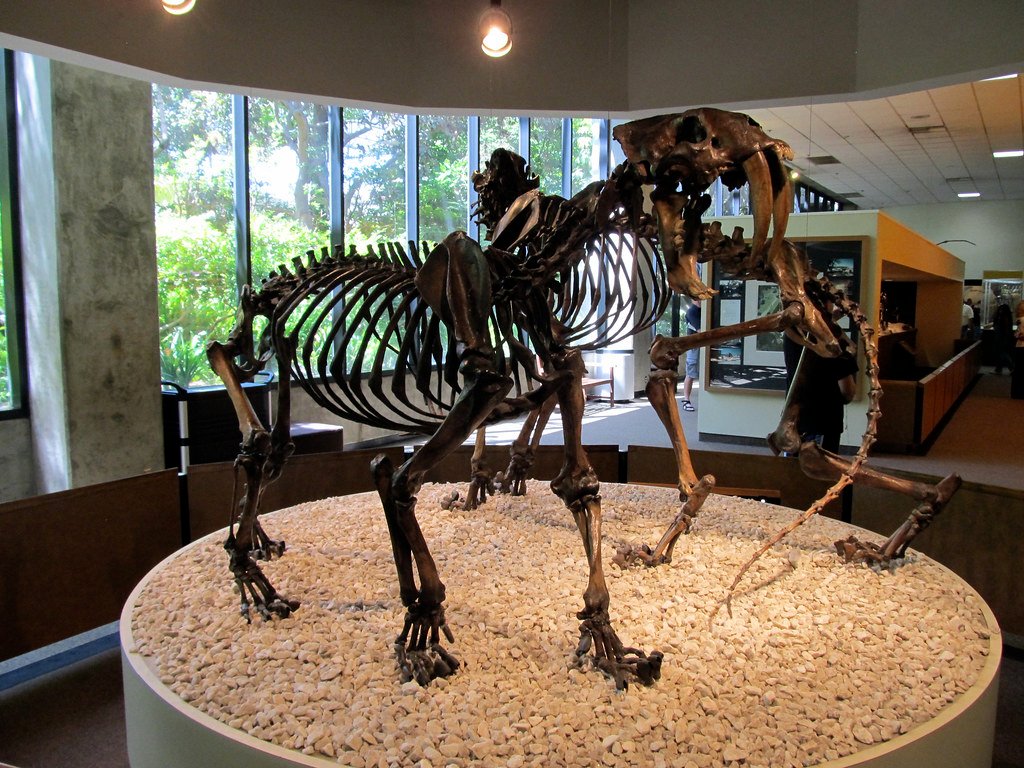
A remarkable discovery in China’s Guangxi Province challenged everything we thought we knew about saber-toothed cat extinction. In 2021, researchers exploring a previously unmapped cave system found fossils dating to just 8,000 years ago – thousands of years after these cats were supposed to have gone extinct.
The Chinese specimens showed adaptations to colder climates and smaller prey, suggesting these cats evolved to survive changing conditions. This finding implies that saber-toothed cats didn’t simply vanish but adapted and persisted much longer than previously believed. The discovery raises tantalizing questions about whether small populations might have survived even longer in remote locations.
Australian Fossil Site Uncovers Saber-Toothed Cats That Hunted in Water
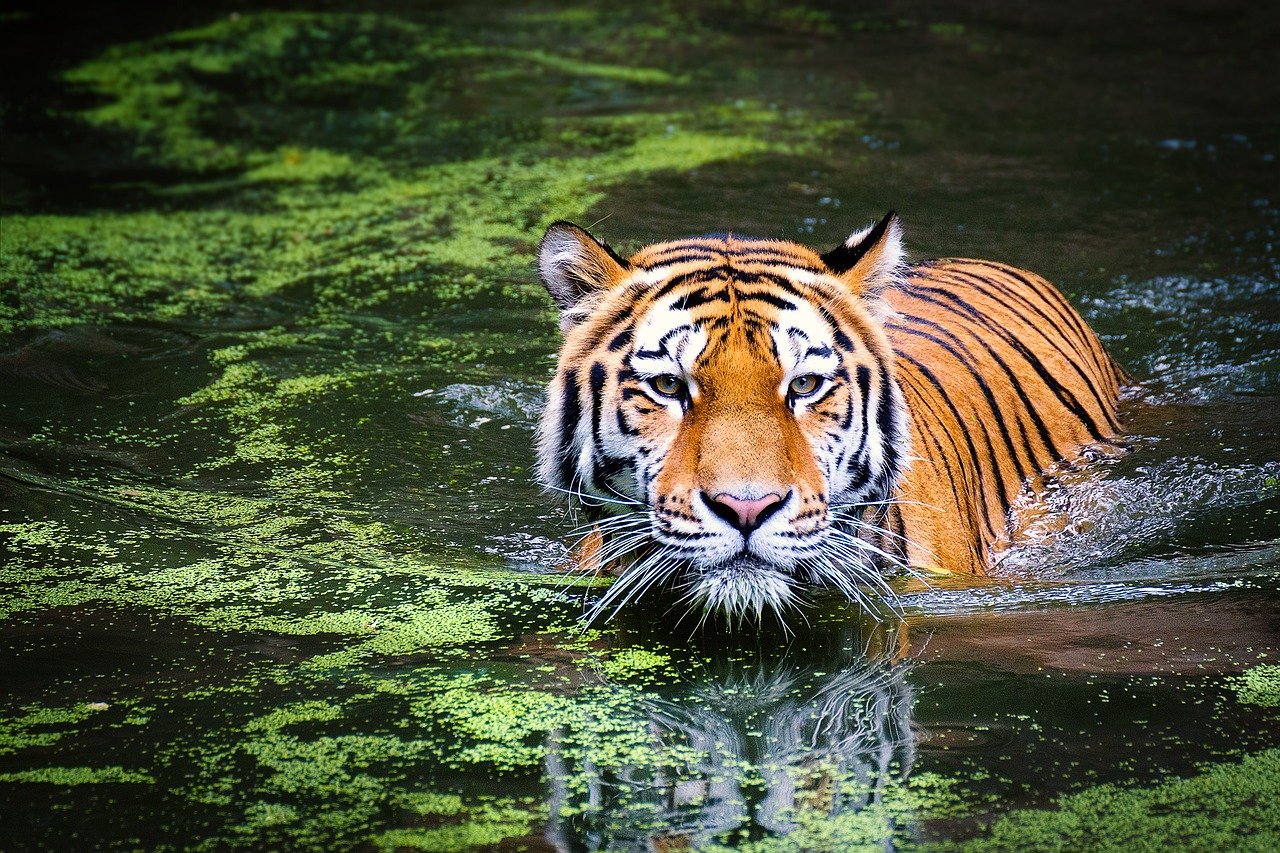
Australia’s Naracoorte Caves delivered one of the most surprising discoveries of 2020 when researchers found saber-toothed cat remains alongside aquatic prey species. The fossil evidence suggested these cats had adapted to hunt in shallow water environments, similar to modern jaguars.
Analysis of the bone structure revealed adaptations for swimming, including webbed feet and water-resistant bone density. The stomach contents of these specimens contained fish bones and aquatic mammal remains, proving these versatile predators had conquered both land and water. This discovery expands our understanding of saber-toothed cat habitats and hunting strategies dramatically.
Ethiopian Rift Valley Fossils Show Saber-Toothed Cats Used Tools

The Ethiopian Rift Valley produced perhaps the most mind-blowing discovery of the 21st century in 2022. Researchers found saber-toothed cat fossils associated with modified bones that appeared to be primitive tools, suggesting these predators had rudimentary intelligence far beyond what anyone imagined.
The “tools” were sharpened bones that showed wear patterns consistent with digging and scraping. This implies these cats could manipulate objects to access food sources or create shelter. The discovery challenges our fundamental understanding of prehistoric animal intelligence and suggests saber-toothed cats were far more sophisticated than previously thought.
Madagascar’s Hidden Saber-Toothed Cat Population Discovered

Madagascar surprised the scientific world in 2023 when researchers discovered evidence of a completely unknown saber-toothed cat species that had evolved in isolation. The island’s unique ecosystem had preserved these cats until remarkably recent times, possibly as late as 1,000 years ago.
These Malagasy saber-toothed cats were smaller than their mainland cousins but had developed unique hunting strategies adapted to island prey. The fossils showed evidence of specialized teeth for cracking tough shells and bones, suggesting they fed on the island’s giant tortoises and elephant birds. This discovery proves that saber-toothed cats were far more geographically widespread than previously known.
Romanian Cave Reveals Saber-Toothed Cats That Hibernated
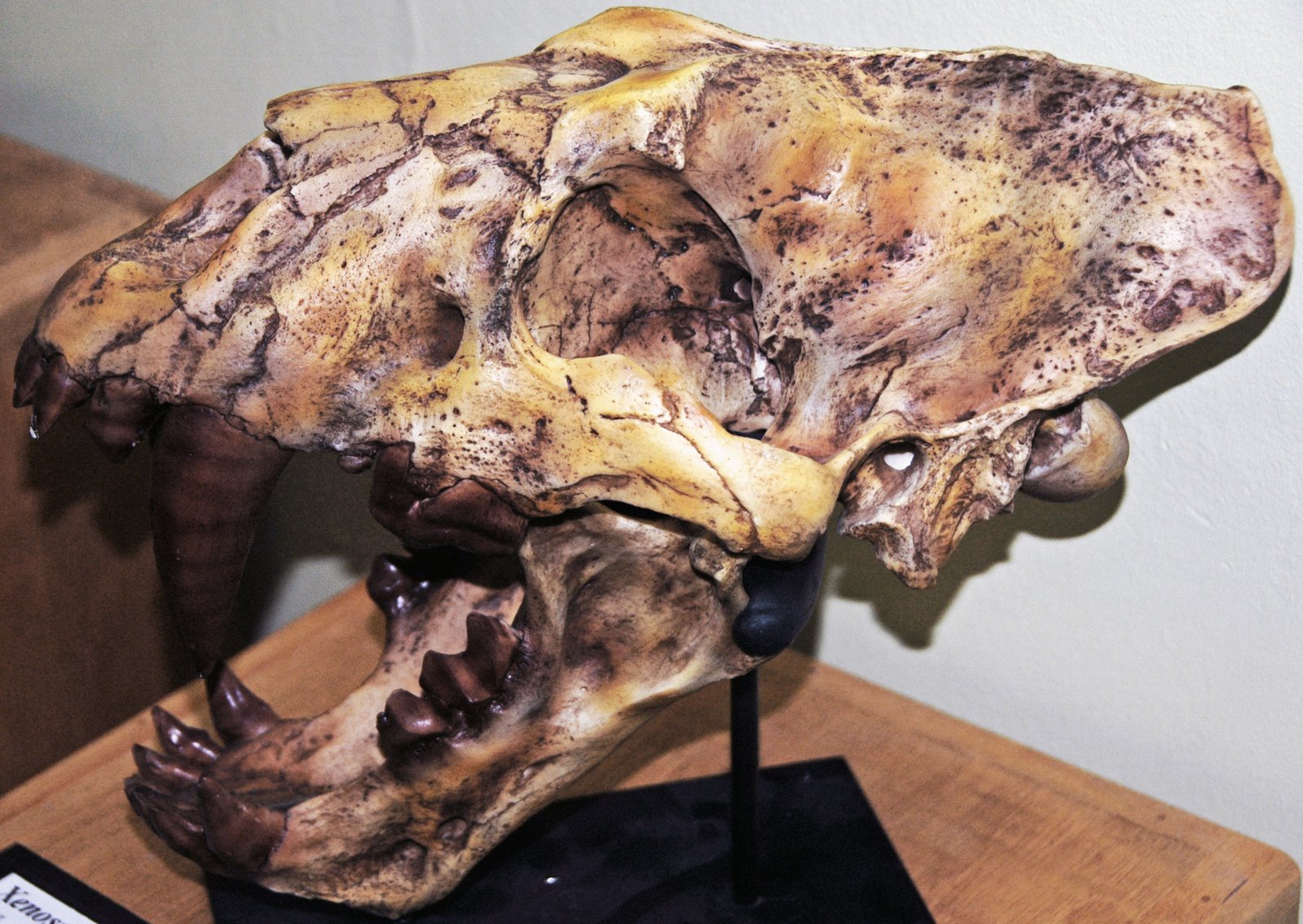
A Romanian cave system yielded one of the most unexpected discoveries in 2021 when paleontologists found evidence that some saber-toothed cats actually hibernated during harsh winters. The fossil evidence showed seasonal bone growth patterns identical to those seen in hibernating mammals today.
The cave contained multiple specimens arranged in sleeping positions, with chemical analysis confirming they had entered a state of reduced metabolism during cold periods. This adaptation would have allowed these cats to survive harsh European winters when prey was scarce. The discovery shows these prehistoric predators were far more adaptable than anyone realized.
Mexican Cenote Preserves Saber-Toothed Cat Social Behavior
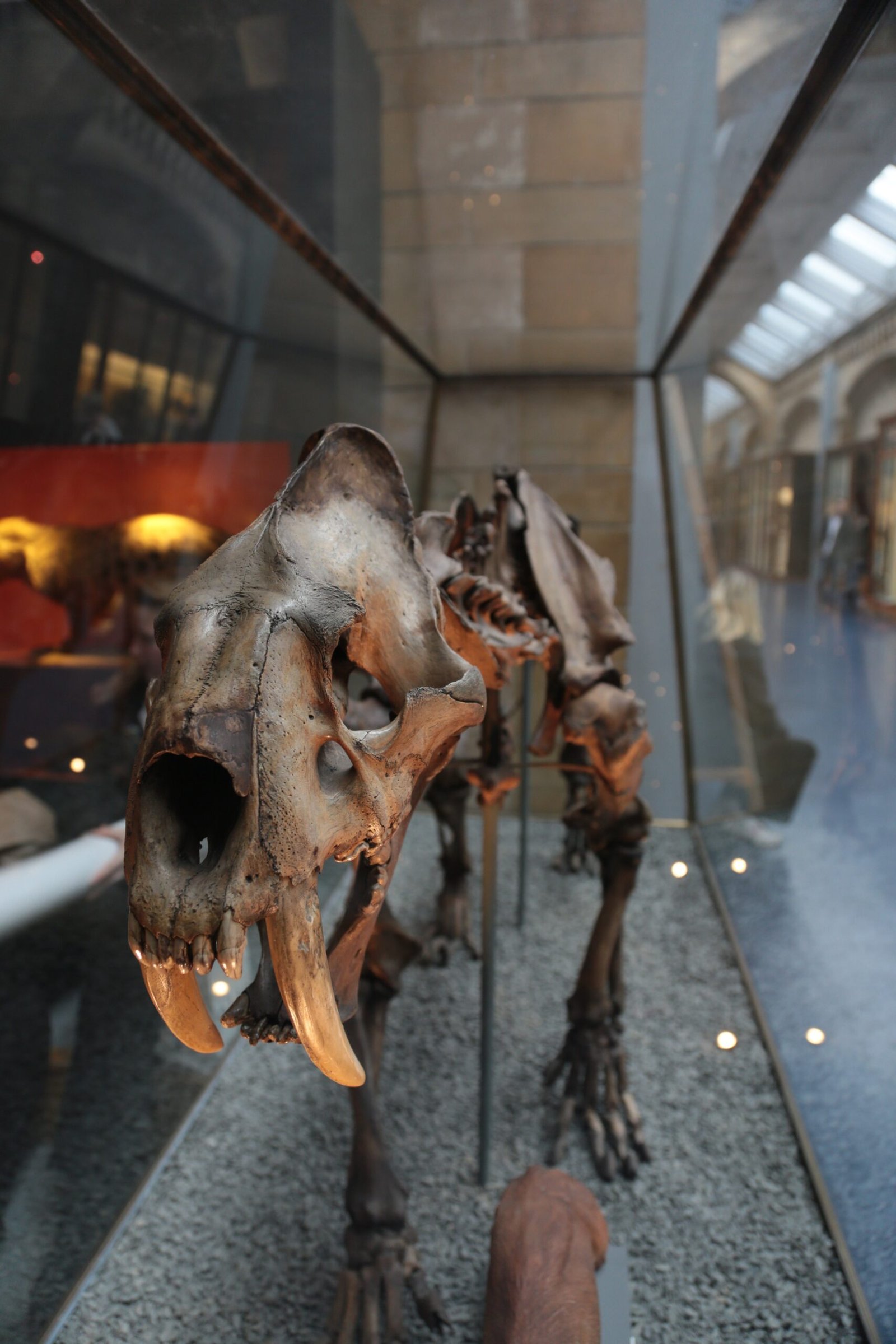
Mexico’s underwater cenotes provided a unique window into saber-toothed cat behavior when divers discovered a flooded cave system containing multiple specimens in 2020. The preservation conditions were so perfect that researchers could study the cats’ final moments in detail.
The fossils revealed that these cats had been grooming each other when they became trapped, suggesting complex social bonds similar to modern big cats. The positioning of the specimens indicated they had tried to help each other escape, showing cooperative behavior that contradicts the image of solitary killers. This discovery adds an emotional dimension to our understanding of these ancient predators.
Alaskan Permafrost Yields Saber-Toothed Cat Prey Preferences

Alaska’s thawing permafrost revealed crucial information about saber-toothed cat diet in 2022 when researchers discovered remarkably preserved specimens with intact stomach contents. The findings completely overturned assumptions about what these cats actually ate.
Rather than exclusively hunting large mammals like mammoths, these cats showed a surprisingly diverse diet including fish, birds, and small mammals. The stomach contents revealed they were opportunistic feeders who adapted their hunting strategies based on available prey. This flexibility likely contributed to their success across diverse environments and time periods.
Spanish Cave System Documents Saber-Toothed Cat Evolution in Real Time
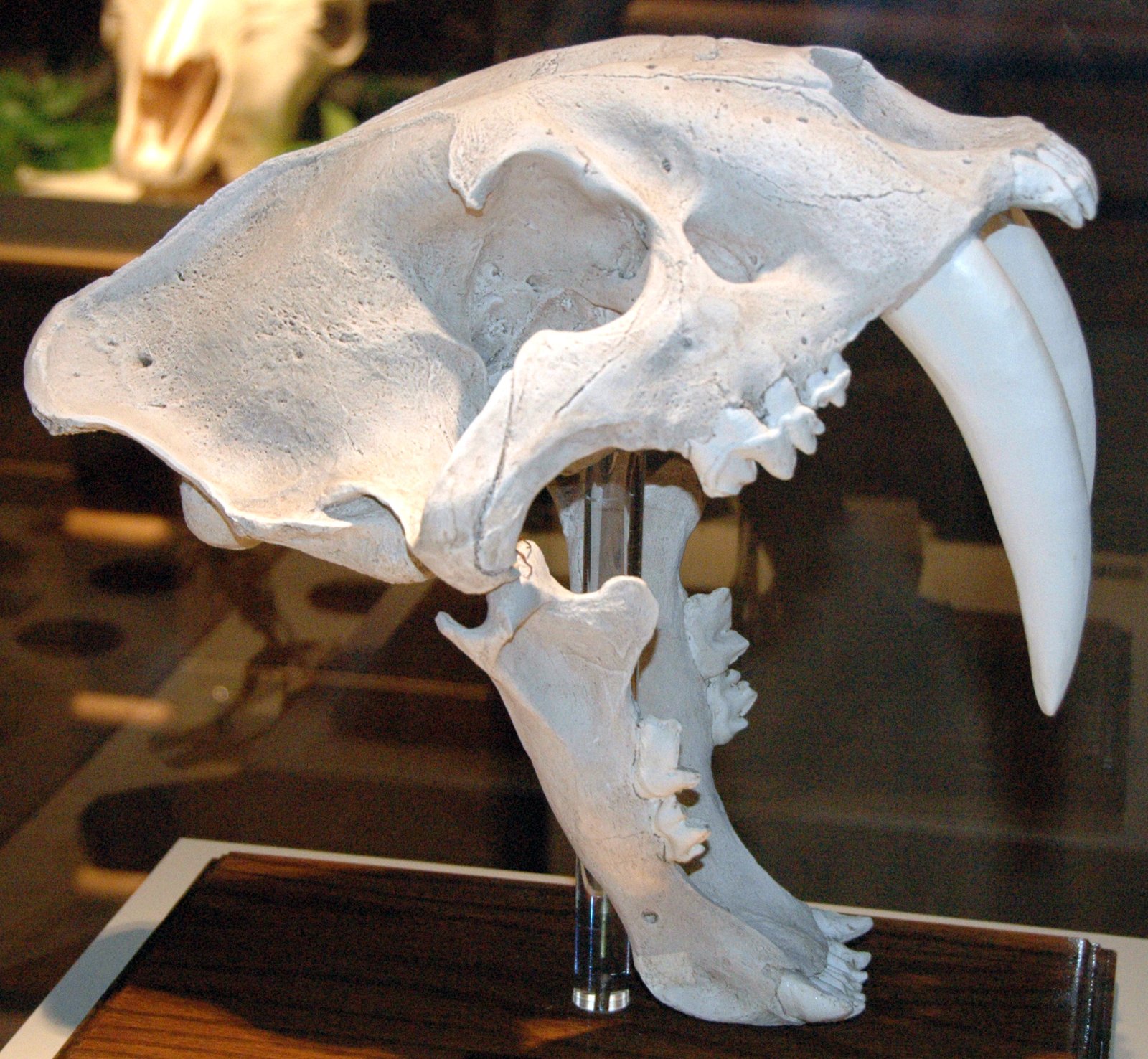
A Spanish cave system provided an unprecedented timeline of saber-toothed cat evolution when researchers discovered fossils spanning 100,000 years of continuous occupation. The site showed how these cats adapted to changing climates and prey availability over multiple generations.
The fossils revealed gradual changes in tooth size, body structure, and hunting adaptations over time. Earlier specimens showed massive sabers optimized for taking down large prey, while later fossils had smaller, more versatile teeth suited for diverse hunting strategies. This evolutionary timeline provides crucial insights into how these cats survived multiple climate changes.
Canadian Arctic Reveals Saber-Toothed Cats Migrated Seasonally

The Canadian Arctic yielded surprising evidence in 2023 that saber-toothed cats undertook massive seasonal migrations, similar to modern caribou herds. The discovery came from fossil sites scattered across hundreds of miles, all containing the same genetic lineage of cats.
Chemical analysis of the bones revealed dietary signatures that changed seasonally, indicating these cats followed migrating prey herds across vast distances. This finding suggests saber-toothed cats were far more mobile than previously thought and could coordinate large-scale movements across their populations. The discovery paints a picture of these cats as sophisticated travelers rather than territorial homebodies.
Brazilian Amazon Uncovers Saber-Toothed Cats That Lived in Trees
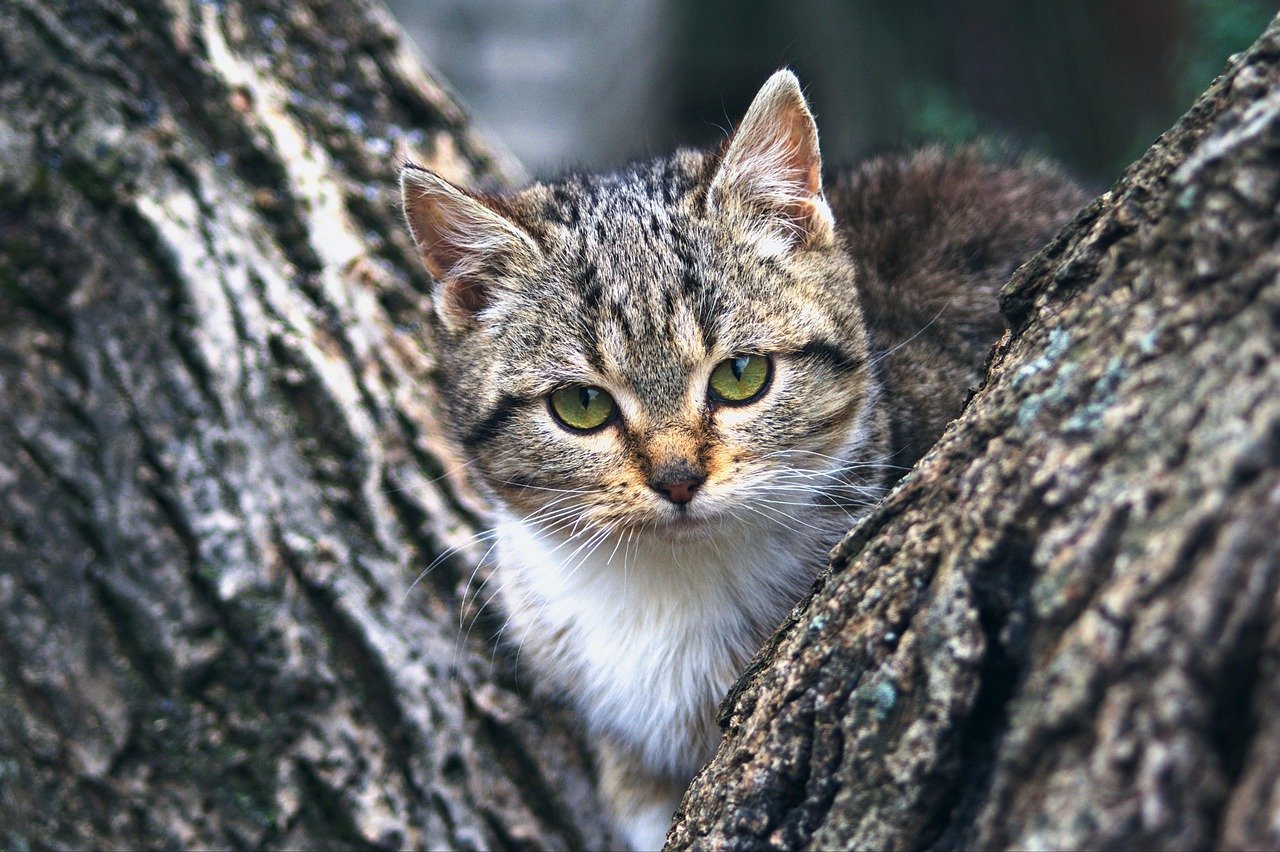
Deep in the Brazilian Amazon, researchers made an incredible discovery in 2021 when they found saber-toothed cat fossils high in the rainforest canopy. The specimens had been preserved in tree hollows for thousands of years, providing direct evidence of arboreal lifestyle.
These tree-dwelling cats had developed specialized adaptations including curved claws for gripping branches and lighter bone structure for climbing. The fossils showed evidence of nesting behavior in tree cavities, suggesting they raised their young above ground level. This discovery reveals that saber-toothed cats conquered virtually every habitat on Earth, from caves to treetops.
Conclusion: Rewriting Prehistoric History

These groundbreaking discoveries have completely transformed our understanding of saber-toothed cats from simple prehistoric predators into complex, adaptable, and intelligent creatures. The evidence shows they were pack hunters, tool users, caring parents, and master adapters who survived far longer than anyone imagined.
Each new fossil find adds another piece to this fascinating puzzle, revealing that these magnificent cats were far more sophisticated than their fearsome reputation suggests. From tree-climbing acrobats to water-hunting specialists, saber-toothed cats conquered every environment they encountered with remarkable success.
The most exciting part? Scientists believe we’ve only scratched the surface of what these fossils can tell us. Who knows what other secrets these ancient predators are still hiding?
Hi, I’m Bola, a passionate writer and creative strategist with a knack for crafting compelling content that educates, inspires, and connects. Over the years, I’ve honed my skills across various writing fields, including content creation, copywriting, online course development, and video scriptwriting.
When I’m not at my desk, you’ll find me exploring new ideas, reading books, or brainstorming creative ways to solve challenges. I believe that words have the power to transform, and I’m here to help you leverage that power for success.
Thanks for stopping by, Keep coming to this website to checkout new articles form me. You’d always love it!






